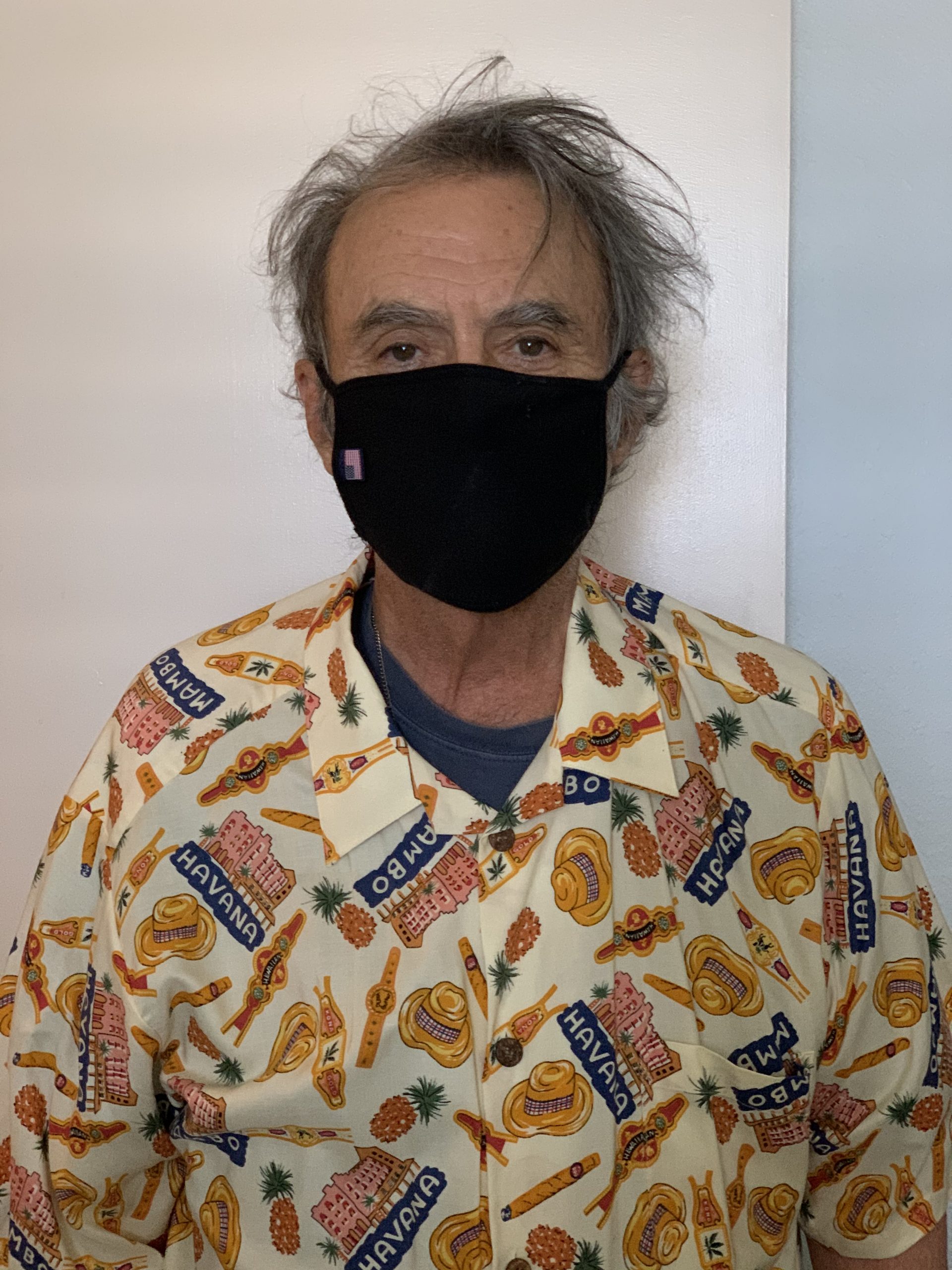Three Changes That Must Happen for Air Travel to Fully Resume

By Robert McGarvey
Business travel – no surprise here – is not coming back at full force and pretty much all rational observers now acknowledge it probably won’t happen next year. Possibly it will reach two-thirds of 2019 levels in 2022. Possibly.
Leisure travel is coming back faster, especially domestic travel. Lift to Europe remains spotty and lift to APAC is near non existent. Longhaul air needs a helping hand to come back in favor.
What will it take to get air travel back to 2019 levels?
Put aside the question about whether that should happen. Maybe, in a world where sustainability matters to ever more of us, air travel should remain at dramatically reduced levels, forever. But put that aside.
What must happen to re-ignite consumer enthusiasm for air travel? I see three huge impediments that are holding this back.
But they also are fixable. If we have the will. And that means us, carriers, airport operators, and the federal government. What I am proposing is stern medicine. It won’t swallow easily.
But if we do not take these steps travel will limp along for many months – possibly years – to come.
A starting point: Covid is not going away. In Colorado for instance hospital beds are nearly full, stuffed with Covid cases. 62% of Colorado is fully vaccinated, which means 38% aren’t and that is nearly four in ten.
No wonder people are getting sick.
Across America the vaccination rates lag. And globally only 50% of the population have received at least a shot of some kind of vaccination which means half haven’t. Increasing numbers of scientists now believe Covid is not going away, that it will become endemic, rather like flu, which means they also believe we will manage the disease into a less deadly format.
But very likely Covid will be with us for some time to come.
That’s why we need to take steps to deal with it, especially on airplanes. Why airplanes? Consumers are skittish about them still. We will drive, long distances, to avoid a plane.
But just a few steps, if taken, will get more of us on planes again. And that’s a sine qua non for travel’s recovery.
Here are the steps:
Lock ‘em up. The latest numbers from the FAA catalog 5033 “unruly passenger” incidents, many of which involve physical assaults on flight attendants, occasionally on other passengers. Enough is enough. We are not returning to “normal” flying as long as there is a lingering fear that violence will erupt at 30,000 feet.
Police have been called to many such incidents, the FAA has levied fines – which now can go as high as $37,000 per incident, and still the mayhem continues. Is it fueled by booze? Just plain awful manners? Rampant social crankiness?
I have no idea and I don’t care. What I do care about is making it stop and the cure, obviously, is to pursue vigorous prosecution of the malefactors and to lock them up, preferably for a couple years in a high security federal prison.
And publicize the sentences as loudly as possible. Get out the word that severe misbehavior in the skies will be met with a life-changing stint behind bars.
Will this reduce the number of violent incidents in the skies? I’m guessing yes and, frankly, I don’t have a better idea other than building in an exit chute that annoying passengers can be stuffed in and discarded at six miles high.
Just lock ‘em up.
Shut Up and Wear the Mask. Laughably the FAA notes that it has logged 3642 mask related incidents. What causes a giggle – or is it a scream – is that in recent hours spent at JFK and LAX I could have counted 300 mask related violations and I wasn’t even looking for them. We have become lax about masks and that just isn’t smart.
Is a mask a safeguard against Covid? Not if you expect a sure thing. But CDC guidance still recommends mask wearing when indoors in many places
Of course masks are still required on planes.
Just wear the damn thing.
So I am mystified by why a Southwest pilot apparently assaulted a flight attendant in a dispute about masks at a San Jose hotel bar. The pilot was cited for assault and battery.
Another Southwest pilot of course recently created a stir when he used the PA inflight to chant an anti Biden slogan. Or so the reporting goes.
Southwest perhaps deserved a footnote in this blog entitled Don’t Fly SWA.
But we’ll leave that to others to decide.
I know I won’t be flying it anytime soon because these aren’t the kinds of people I want steering my passage in the air.
But that’s my choice.
What I do insist on however is: wear the damn mask. I like ‘em no more than you do, I am fully vaccinated (with a booster!), and still I wear masks in most indoors contexts. It’s just safer. Smarter. Saner.
Only Vaccinated Need Enter. 58.1% of us in the US are fully vaccinated. For social safety to prevail that number needs to be 20 points higher, minimum.
It’s time to put some pressures on.
The federal government is pressuring its employees and contractors – good.
Let’s ratchet this up however. I propose requiring full vaccination status to enter an airport and of course to board a plane.
There’s a brisk market in counterfeit cards – predictably – and while using one is a crime, that isn’t a crime that has much been prosecuted.
Let’s change that. Let’s seek full federal prosecution – seeking a five year prison sentence – and we will see fake cards vanish.
And that’s important because to get more of us willing to step into airports and board planes we need to offer a safe and healthy zone. Vaccination proof is a huge step in that direction.
We need to take that step.
No one is saying people have to get vaccinated. But if you don’t you can’t fly.
That’s fair.
Three steps to more travel. We just need the will to take them.
